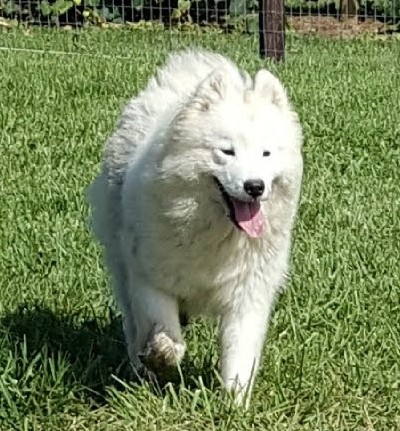Know your dogs, know their individual personalities and quirks, and control the future of your kennel. You will enjoy your kennel more, and you will catch the moment a dog is not feeling well or something is “off” or just not right in the kennel.
Thanks to Lili Chin for the poster showing illustrations of red, green and yellow dog body language:
www.doggiedrawings.net Also thank you to Purdue University, Dr. Candace Croney and Traci Shriver for sharing their method of explaining and identifying red, green and yellow dogs.

